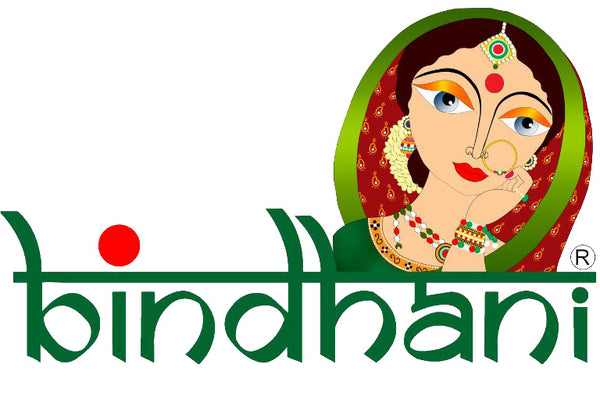
"Dome of Harmony: Jhumka's Unifying Echo Across Religions"
Share
Religion has always been a powerful force that shapes the world we live in. It has the ability to bring people together, but unfortunately, it can also create divisions. However, there is one architectural element that transcends these divisions and unifies different religions: the dome. Specifically, the dome shape that can be found on top of Hindu temples, churches, mosques, Sikh temples, Buddhist stupas, and many other religious structures. In this blog post, we will explore the significance of the dome and how it serves as a symbol of harmony and unity.
What is the significance of the dome?
The dome is a prominent architectural feature that has been used in religious structures for centuries. It represents the heavens, the celestial realm, and the divine. Its shape, often resembling a half-sphere or a hemisphere, symbolizes the connection between the earthly and the spiritual realms. The dome is a visual representation of the belief that there is something greater than ourselves, something that transcends our everyday existence.
How does the dome unify different religions?
Despite the differences in religious beliefs and practices, the dome is a unifying element that can be found in various religious traditions. For example, in Hindu temples, the dome is known as "shikhara" and is often adorned with intricate carvings and sculptures. In churches, the dome is a prominent feature of the architecture, symbolizing the heavenly realm and the presence of God. In mosques, the dome is called "qubba" and serves as a visual reminder of the vastness and grandeur of Allah. In Sikh temples, the dome is known as "gumbad" and represents the unity of all religions. In Buddhist stupas, the dome symbolizes enlightenment and the path to nirvana.
What does the dome teach us about unity?
The dome serves as a powerful reminder that despite our differences, we are all connected. It teaches us that there is more that unites us than divides us. Regardless of our religious beliefs, we all share a common desire to seek meaning, purpose, and transcendence. The dome is a physical manifestation of this shared human experience.
Unifying Communities
What makes Jhumkas truly remarkable is their ability to bridge religious divides. In a world often divided by religious differences, the Jhumka serves as a unifying symbol that brings people together.
Celebrating Unity
The Jhumka serves as a reminder that despite our differences, we can find common ground and celebrate our shared humanity. It is a testament to the power of cultural exchange and the beauty that emerges when we embrace diversity. By wearing a Jhumka, individuals are not only expressing their personal style but also embracing a symbol of unity and harmony.
Conclusion
The dome is a symbol of harmony and unity that transcends religious boundaries. It is a reminder that despite our differences, we are all part of a larger whole. The next time you come across a religious structure with a dome, take a moment to appreciate its beauty and the message it conveys. Let it serve as a reminder that we are all connected and that there is more that unites us than divides us.



